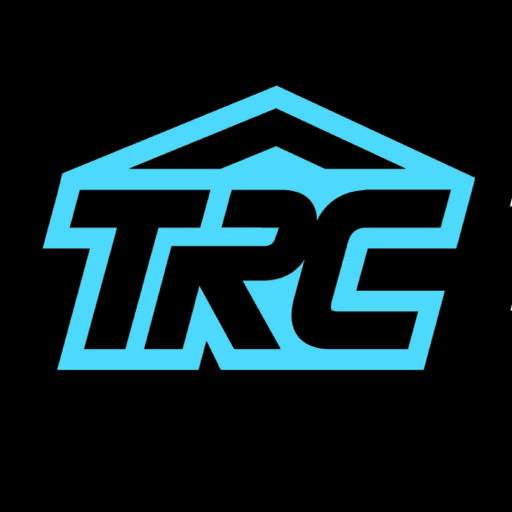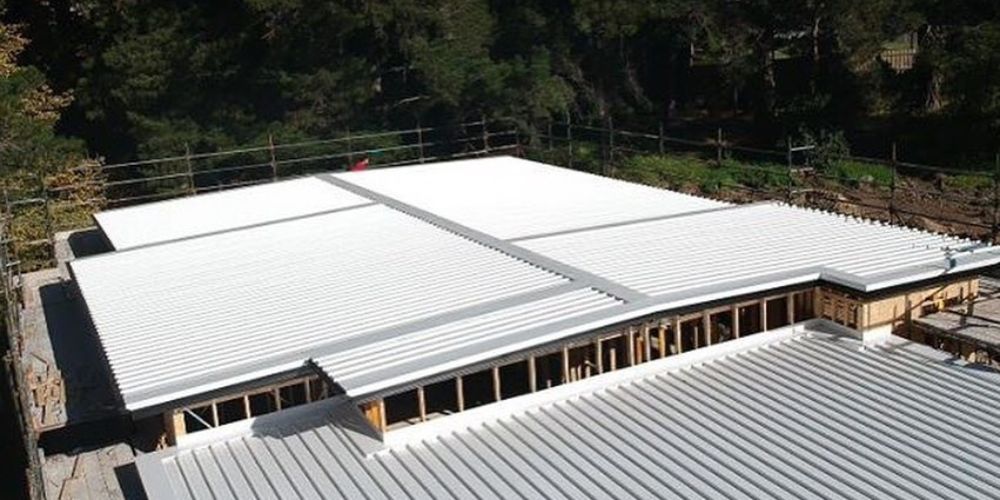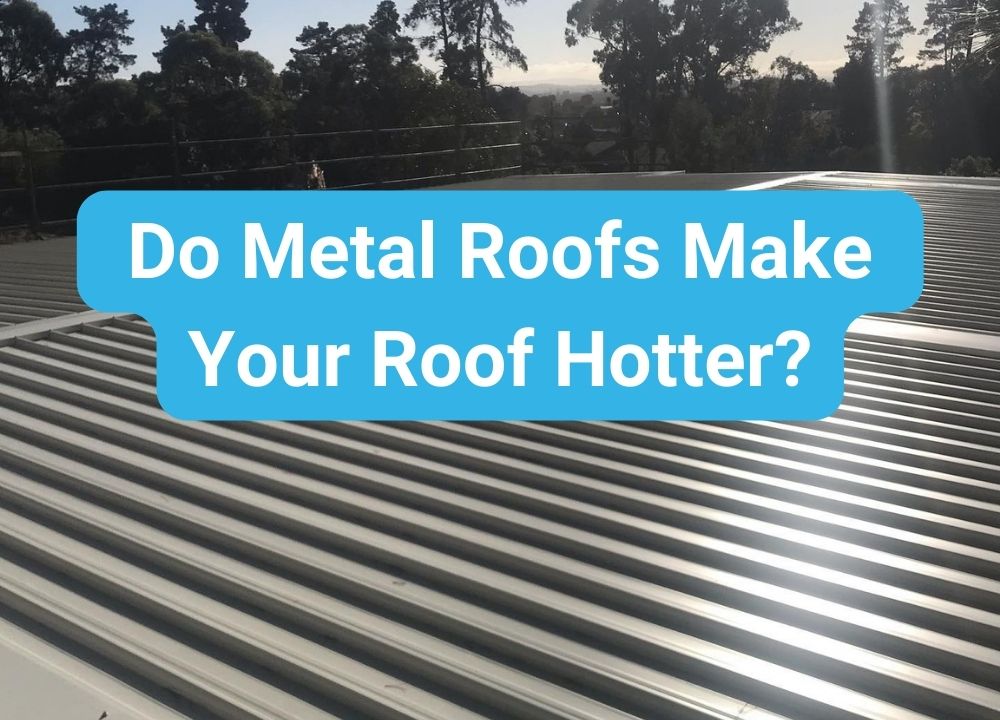Do Metal Roofs Make Your Roof Hotter?
The temperature inside a home, especially in the attic, is one of the main worries many homeowners have when thinking about metal roofing. The belief is that since metal conducts heat, a metal-walled home must eventually be warmer during the summer. Even with its flaws, the rationale makes sense.
The common misconception is that because metal surfaces exposed to the sun are warm to the touch, a metal roof would always result in a hot attic and the dwelling below.
The heat your home and roof can store and release is strongly influenced by how well your roof ventilates.
Any roofing material will increase the temperature of your house if the roof is constructed poorly. But do metal roofs make your roof hotter?
Let’s find out!

Lance Mathews
In This Article

Do Metal Roofs Make Your House Warmer
Metal roofs are a fantastic choice for new construction or roof maintenance. Numerous installation techniques exist, and metal may be constructed from galvanized steel, copper, aluminium, and tin.
One of the most durable and affordable roofs is the metal roof. You don’t need to spend as much on air conditioning as other people do since they can lower your energy cost by reflecting the radiant heat from the sun during the daytime hours.
So do metal roofs increase a home’s temperature? No, houses with metal roofs don’t get hotter than those with other roofs. Because of low thermal mass, metal roofs reflect heat and light rather than absorb it. This implies that installing a metal roof might help to keep your home cooler during the summer since it improves energy efficiency.
Things That Determine Your Metal Roof Heat Absorption
Type of Finish
Several coatings and finishes for metal roofs are approved to reflect sunlight. You should know the best options for your home regarding sunshine exposure with your contractor. Though expensive, reflective roofing increases property values and provides added comfort, beauty, security, and energy savings. A good contractor will know about new energy-efficient methods of heating and cooling your home as well as several ways to make the most out of available light.
Exposure to the Sun
The lightest material will dissipate its heat the fastest after direct sunlight no longer hits the roof. Metal roofs are the lightest option and hence cool the fastest. A metal roof quickly returns to the same temperature as the surrounding air once the sun has stopped shining on it.
Due to their density, heavier materials like slate or concrete keep the heat for a significantly extended period. Heat will be transferred to the building below more readily the longer they remain heated. Once the sun has set, metal is the most excellent material for roofing in terms of how much heat it contributes to a structure.
Colour Choice
The metal’s ability to absorb heat depends on its hue and polish. Metal will undoubtedly warm up when exposed to the sun directly, but the colour and finish will determine whether it warms up more or less than other roofing materials.
Every home has curb appeal, and a vital component is the colour of your roof. There are many different colours available for metal roofs. However, darker colours absorb more heat than lighter hues, like any other surface.
How Can You Make Your Roof Cooler?
Because of low thermal mass, metal roofs reflect light and heat rather than absorbing it as asphalt shingles do. This suggests that metal roofing helps keep your home cool throughout the summer rather than raising the temperature.
The building between the roof and the inhabited area below will have a more significant impact on how much heat is transferred into the room below than the colour and material of the roof.
The roof of your house is not intended to keep it warm or cold. They are made to prevent outside elements from entering your home. Metal roofs are considered your initial defense against harsh weather.
Due to leaks and poor insulation, your home may feel warm during the summer even while the air conditioner is running.
If mature trees provide shade nearby, keeping the house from being too hot will be much simpler. Any issues brought by branches and other debris falling on the roof may be easily fixed by cutting off any overhanging branches.
Frequently Asked Questions
Radiant heat-reflecting materials do a significantly better job of keeping your home cool. Metal roofs’ primary benefit in heat gain is their superior ability to reflect radiant radiation compared to other roofing materials, such as asphalt shingles.
The attic and the rooms below stay cold when it’s warm outside because white or light-coloured roofs reflect the sun’s heat. Consequently, the building’s cooling load lessens, assisting property owners in maintaining comfort and lowering their energy costs.
Metal roofs can leak more than shingles do if they are built improperly. However, metal roofs shed snow and ice to minimize moisture buildup, provided you can locate a qualified contractor who can properly install it.
Metal roofing is one of the most outstanding options you can generally make for your roof. They may last more than 50 years, are the most energy-efficient roof for residential installs, and require very minimal upkeep. Metal roofs are too hot to touch because they are so reflective.
Key Takeaways
Many more aspects than colour finish materially affect how hot your home becomes due to heat entering your roof. Insulation and ventilation will be even more crucial if your metal roof overlies a non-climate-controlled region, such as an attic, to prevent heat from building up in a small area.
Metal roofs are gradually becoming more prevalent whether installed on a home, a barn, or a business structure. The advantages of metal roofing are widely known, including its robust construction, low price, and energy-efficient features, which are particularly useful in the sweltering summer months.

